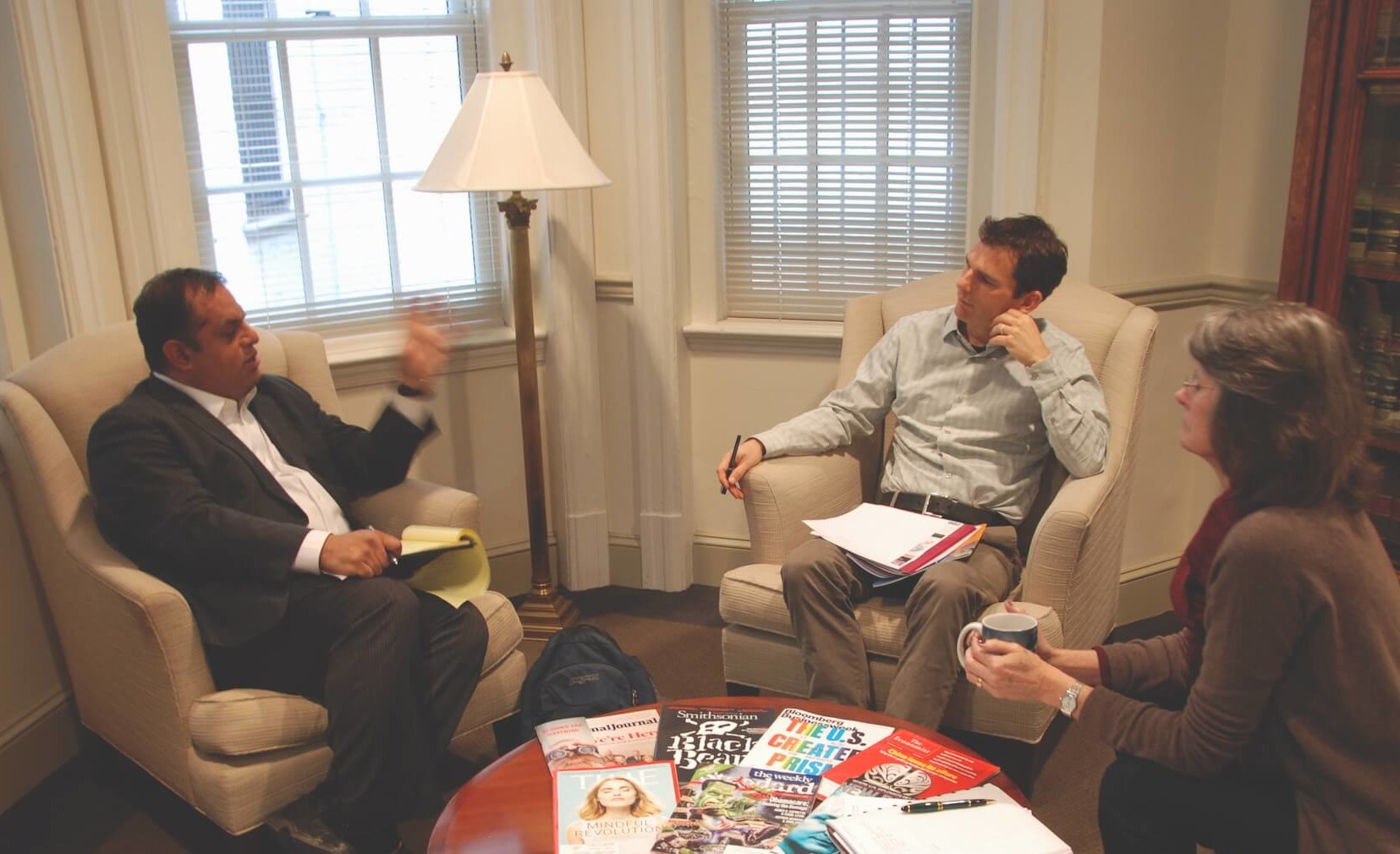Stories are the universal currency of human communication. We are hardwired to experience and comprehend life as a series of interwoven narratives — each with their own conflicts, characters, beginnings, middles and ends. This idea has a formal name — the “narrative paradigm” — but to me, it feels as organic as watching my three-year-old’s eyes light up at the idea of me reading the Three Little Pigs… again… for the 7th time that evening.
So if humans are storytellers by nature, why is it sometimes so difficult for scientists?
I was on my own path toward becoming an academic researcher when I realized that scientists have vast, unfulfilled potential to be amazing storytellers with direct access to incredible stories. But as scientists, we are trained to take ourselves out of the equation, to avoid the “I” in our writing, and to see ourselves as separate from the science we are attempting to cultivate, instead of as central characters. Scientists often fail to appreciate that even the whole enterprise of science unfolds as an ongoing narrative of discovery – there’s drama, character, conflict, the works.
Though narrative is everywhere, science rarely plays a dominant role in shaping the plot. Media, politics and policy (not science), are the forces that shape the storylines of overarching narratives. This is true even for topics where science could have a transformative role, like climate change, ecological degradation, and sustainability. Before joining COMPASS, I worked as both a science journalist and in Congress, each were key experiences that helped me understand how scientists might put themselves back into the story. Now at COMPASS, my job is just that — to help scientists contribute directly to policy conversations. Our hope is that with the voices of scientists in the mix, in the right way, at the right time, science can help shape or even transform existing storylines.
Two weeks ago, at a COMPASS policy training for AAAS Science and Technology Policy Fellows, I listened as Congressional Science Fellow Kelly Kryc described the hearing process in the Senate Energy and Natural Resources Committee. She talked about what it takes to elevate an issue so that Members of Congress call for a hearing and described the process behind putting together the witness list. The goal, she explained, was to tell an effective story; to get the characters as well as the narrative arc of the hearing just right so that it could help shape the emerging policy storyline.
The example Kryc shared to make her point inspired me. The hearing she was preparing, held on April 19, focused on the impacts of predicted sea level rise on hundreds of U.S. energy and water facilities. The idea for the hearing came from two peer-reviewed journal articles that had achieved broad reach, both by scientist Ben Strauss of Climate Central. His work demonstrated the vulnerability of public infrastructures to sea level rise, which, by 2030, would place more than 300 U.S energy facilities at risk. Strauss’ testimony was the focal point of the hearing. In this rare Congressional moment, science set the plot, and a scientist claimed his role as the leading protagonist.
The other night, my son got up, padded into my room, and woke me to tell me that he’d had a bad dream. He was in a pretty sleep-muddled state of incoherence, but he kept repeating something about a fox and a pot of boiling water. He meant to say wolf. I settled him back down, vowing that we would no longer read the Three Little Pigs right before bedtime. For better and for worse, there’s something about stories that have the power to transform, to inspire … and to make things stick.


